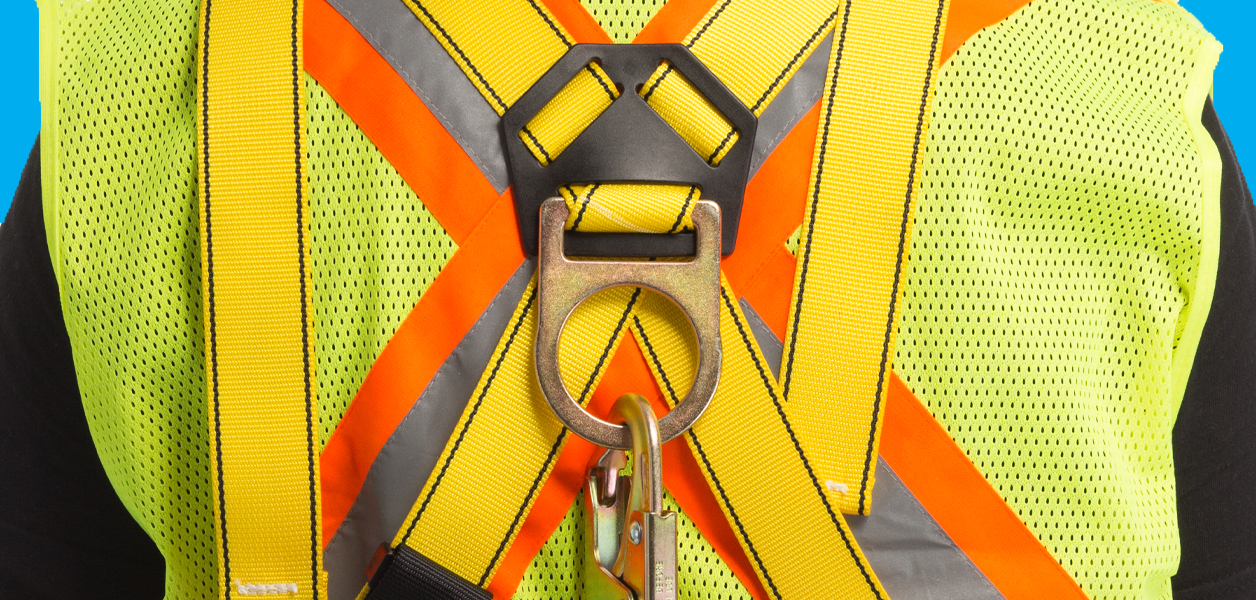More than 130 organizations, led by nonprofit Public Citizen, have asked the Occupational Safety and Health Administration (OSHA) to establish a heat-protection standard for U.S. workers, according to www.constructiondive.com. Signatories to the petition include two former assistant secretaries of labor for OSHA, medical professionals, individuals and worker welfare groups.
The petitioners request that employers be required to provide mandatory 15- to 45-minute rest breaks at certain heat thresholds, as well as access to shade and personal protective equipment such as cooling vests and light-colored, breathable fabric. Additional requests include access to water and electrolytes; a heat-acclimatization plan; heat-exposure monitoring; medical monitoring for those exposed to heat above certain levels; signage warning of the dangers of heat stress; a written heat-alert program; instructor-led worker training; record-keeping of heat-related injuries and deaths; and whistleblower protection for those reporting violations of the heat standard.
The petition states a worker heat-stress standard is necessary because global warming has led to more days of extreme heat; each summer is producing record-breaking temperatures, with 85 "deadly heat" days projected for the southeast region by 2100. The Bureau of Labor Statistics reported that from 1992 through 2016, 783 U.S. workers died from excessive heat, and more than 69,000 were injured by high temperatures.
OSHA currently employs its General Duty Clause to help protect workers from excessive heat. That provision requires employers to make the workplace "free from recognizable hazards that are causing or likely to cause death or serious harm to employees." Although there are no heat-specific standards, OSHA offers guidelines about preventing workers from suffering heat stroke or other heat-related illnesses, as well as information regarding how to recognize heat-related illnesses in co-workers and how to administer proper first aid.
Any group or individual has the right to petition OSHA for rule changes, additions or deletions. Requests are reviewed, and if OSHA determines a requested standard is needed, the rule development process begins. This involves obtaining input from advisory committees or agencies, such as the National Institute for Occupational Safety and Health, and investigating effects on small businesses by consulting with the Small Business Administration.
Once OSHA has a written standard, it is published in the Federal Register as proposed rulemaking then as final rulemaking, with OSHA accepting and reviewing public comments during the process. If OSHA determines workers are in "grave danger," the agency also can establish emergency temporary standards until the development process is complete.





